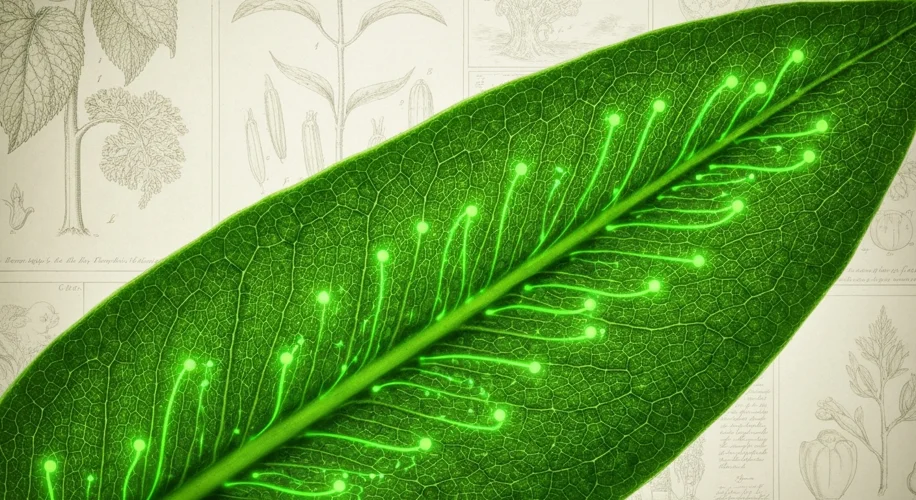For millennia, the quiet, persistent work of plants has been the unsung hero of Earth’s atmosphere. From the colossal ferns of the Carboniferous period to the humble blades of grass that carpet our fields, flora has been diligently drawing down the very air we breathe, transforming sunlight, water, and carbon dioxide into the building blocks of life. This ancient dance with carbon dioxide is now at the forefront of scientific innovation, as researchers engineer new pathways within plants to enhance their natural capacity for carbon sequestration.
Long before modern genetics, humans recognized the power of plants. Early agriculturalists, in their quest for more abundant food, were essentially selecting for plants that could capture more carbon and convert it into edible biomass. Imagine ancient farmers in the Fertile Crescent, observing which wild grains yielded the most grain. Their choices, passed down through generations, subtly favored plants with more efficient photosynthetic processes. This wasn’t conscious carbon capture; it was a survival instinct, a drive for sustenance that, unbeknownst to them, was also helping to regulate the planet’s atmospheric composition.
Fast forward to the dawn of the scientific revolution. Botanists and natural philosophers began to meticulously study the inner workings of plants. Figures like Jan Ingenhousz in the late 18th century, through his experiments, revealed that sunlight was crucial for plants to “purify” the air, a concept that hinted at the underlying process of photosynthesis. His work, though lacking the molecular detail we possess today, was a crucial step in understanding how plants interacted with their environment, laying the groundwork for future discoveries.

The core of this modern breakthrough lies in understanding and augmenting the plant’s natural carbon-fixing machinery, particularly the enzyme RuBisCO. For eons, RuBisCO has been Earth’s primary carbon-capture engine, but it’s notoriously inefficient, sometimes mistakenly binding with oxygen instead of carbon dioxide, a process called photorespiration. This inefficiency limits the growth rate and carbon-fixing potential of many plants, especially in warmer climates.
Scientists are now engineering new pathways, essentially giving plants a biological “turbocharger.” One remarkable approach involves introducing genes from organisms like cyanobacteria or algae, which possess more efficient carbon-concentrating mechanisms. These mechanisms help to deliver a higher concentration of carbon dioxide directly to RuBisCO, minimizing its wasteful interactions with oxygen. It’s akin to creating a more direct, unobstructed highway for carbon dioxide to reach its destination.
Consider the implications. If these enhanced plants can draw down significantly more CO₂ from the atmosphere, they could become powerful allies in the fight against climate change. Imagine crops that not only yield more food but also act as potent carbon sinks, or trees engineered to grow faster and absorb more atmospheric carbon. This isn’t science fiction; it’s the cutting edge of agricultural and environmental science.
However, this leap forward is built upon centuries of observation and experimentation. From the earliest farmers who intuitively selected for robust growth to the modern scientists unraveling the genetic codes of life, the story of plants and their relationship with carbon dioxide is a testament to nature’s enduring ingenuity and humanity’s persistent quest to understand and improve upon it. As we stand on the precipice of a new era in plant science, we do so with a profound respect for the ancient, biological processes that have sustained life on Earth for billions of years.

